The experiment
Based on discussion under original question I set up an experiment.
<script>
// March 18 2016 - 12:10
var actualHitTime = 1458199424000;
(function(i,s,o,g,r,a,m){i['GoogleAnalyticsObject']=r;i[r]=i[r]||function(){
(i[r].q=i[r].q||[]).push(arguments)},i[r].l=1*new Date();a=s.createElement(o),
m=s.getElementsByTagName(o)[0];a.async=1;a.src=g;m.parentNode.insertBefore(a,m)
})(window,document,'script','https://www.google-analytics.com/analytics.js','ga');
ga('create', 'UA-XXXXXXX-Y', 'auto');
ga('set','page','/timeDelay');
// Time of experiment is 15:44
ga('send', 'pageview', {'&qt': Date.now() - actualHitTime});
</script>
Result
It works :-)

Documentation
https://developers.google.com/analytics/devguides/collection/protocol/v1/parameters#qt
Limitations
From Google:
"Used to collect offline / latent hits. The value represents the time delta (in milliseconds) between when the hit being reported occurred and the time the hit was sent. The value must be greater than or equal to 0. Values greater than four hours may lead to hits not being processed."
